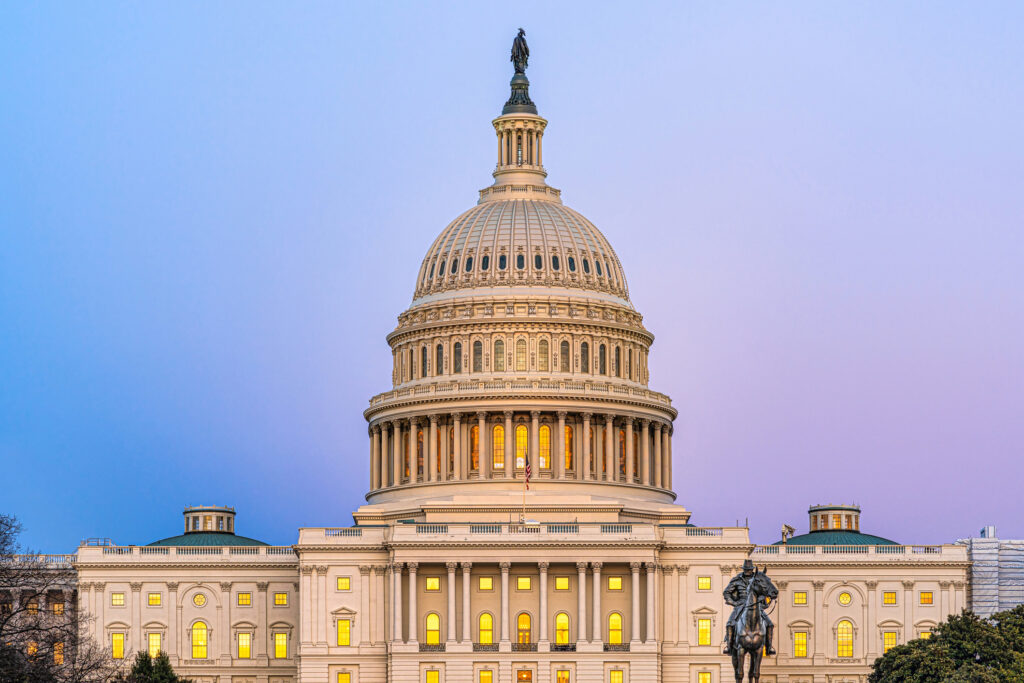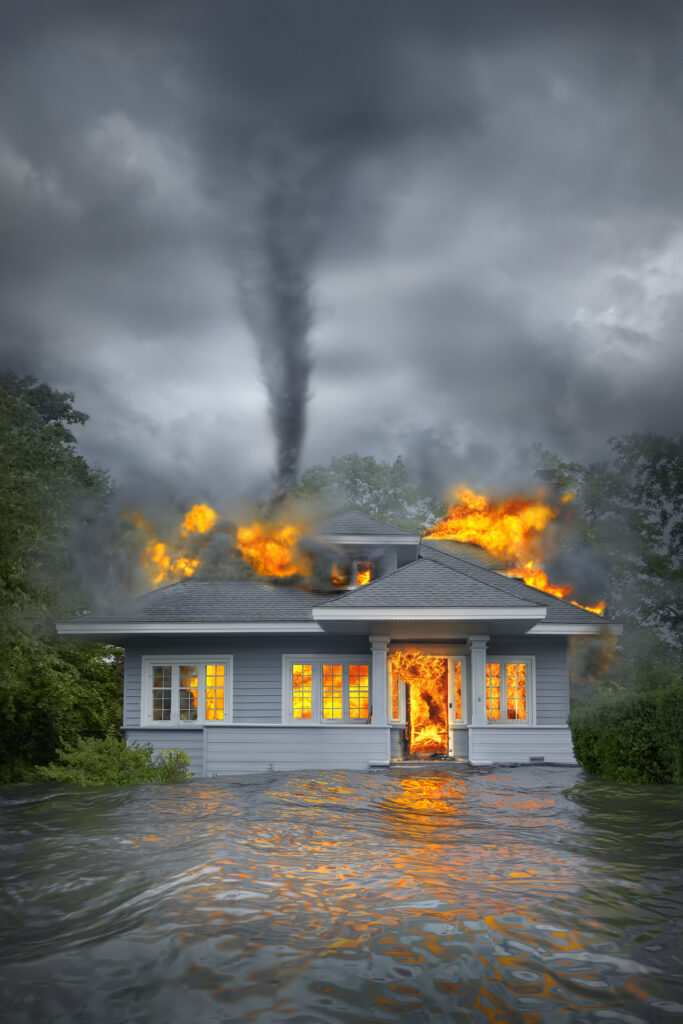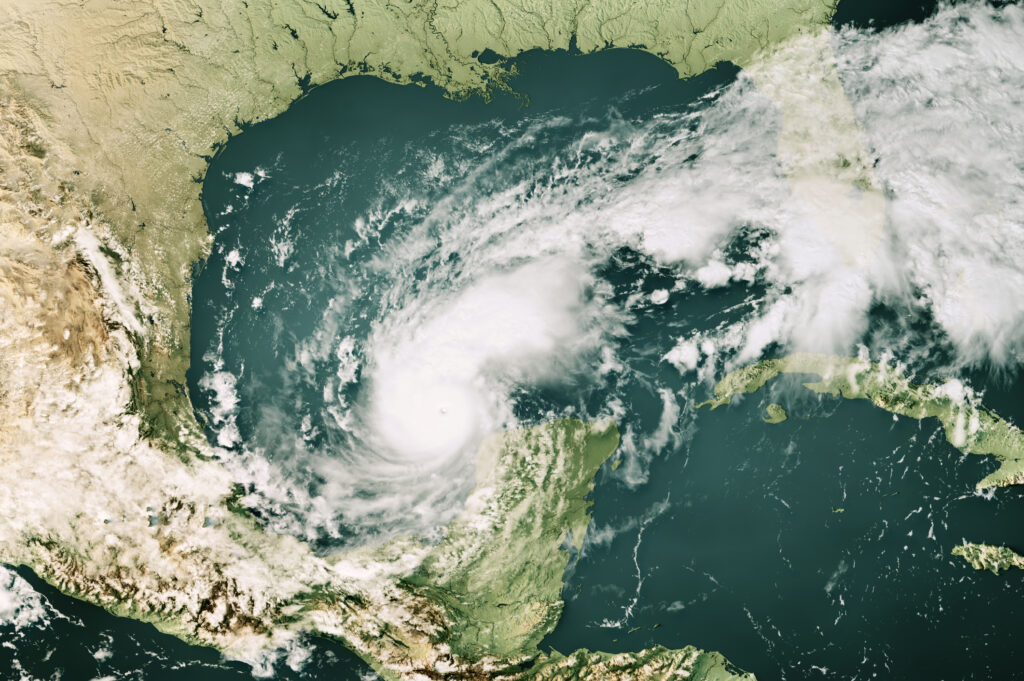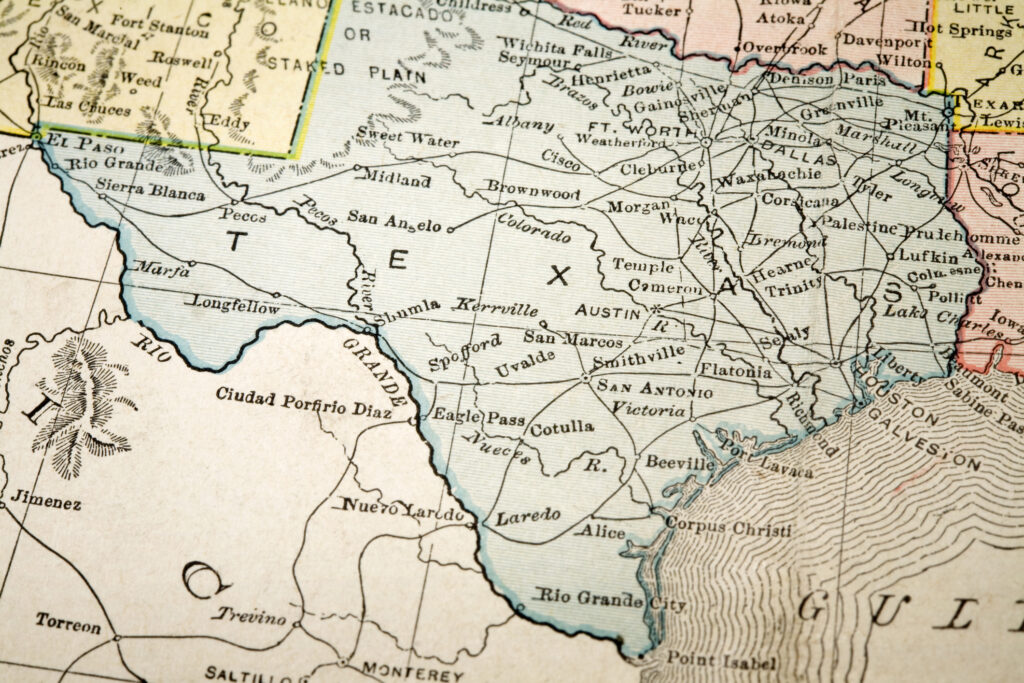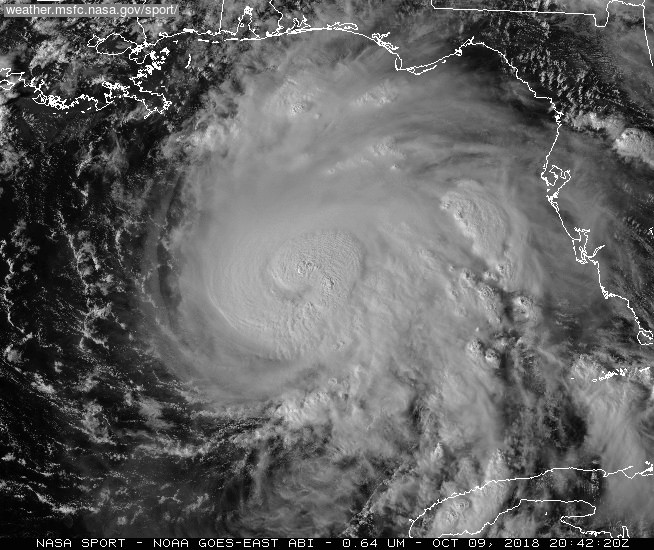
Increased legislative involvement in regulating homeowners’ insurance pricing and rates – as recently called for by some officials in Illinois – would hurt insurance affordability in the state, rather than helping consumers as intended, Triple-I says in its latest Issues Brief.
Rising premiums are a national issue. They reflect a combination of costly climate-related weather events, demographic trends, and rising material and labor costs to repair and replace damaged or destroyed property. Average insured catastrophe losses have been increasing for decades, fueled in part by natural disasters and population shifts into high-risk areas. More recently, these and other losses to which the property/casualty insurance industry is vulnerable were exacerbated by inflation related to the pandemic and Russia’s invasion of Ukraine. Tariffs and changes in U.S. economic policies have since put even more upward pressure on costs.
These increasing costs – if not addressed – threaten to erode the policyholder surplus insurers are required to keep on hand to pay claims. If surplus falls below a certain level, insurers have no choice but to increase premium rates or adjust their willingness to assume risks in certain areas.
To avoid this, many insurers have filed with state regulators for rate increases – requests that often meet with resistance from consumer advocacy groups and legislators. Illinois would not be the first state to try to ease consumers’ pain by constraining insurers’ ability to accurately set coverage prices to reflect increasing levels of risk and costs.
Practicality, not politics
Such efforts, while perhaps politically popular, confuse one symptom (higher premiums) of a growing risk crisis with its underlying cause (increasing losses and rising costs). Using the blunt instrument of legislation to address the complexities and sensitivities of underwriting and pricing would tend to disrupt the market and further hurt insurance affordability – and, in some areas, availability.
Rather than target insurers with misguided legislation, the brief says, states would be wiser to work with the industry to improve their risk profiles by investing in mitigation and resilience. The brief describes the causes of higher premium rates nationally and in Illinois and how other states have successfully collaborated to address those causes and reduce upward pressure on – and eventually bring down –premium rates.
“Triple-I welcomes the opportunity to collaborate with state policymakers to develop constructive approaches to risk mitigation and resilience that will benefit communities and consumers,” the brief says.
Learn More:
Revealing Hidden Cost to Consumers of Auto Litigation Inflation
Easing Home Upkeep to Control Insurance Costs
Survey: Homeowners See Value of Aerial Imagery for Insurers; Education Key to Comfort Levels
Nonprofit to Rescue NOAA Billion-Dollar Dataset
2025 Cat Losses to Date Are 2nd-Costliest Since Records Have Been Kept
2025 Tornadoes Highlight Convective Storm Losses
Auto Premium Growth Slows as Policyholders Shop Around, Study Says
Litigation Reform Works: Florida Auto Insurance Premium Rates Declining
IoT Solutions Offer Homeowners, Insurers Value — But How Much?
Texas: A Microcosm of U.S. Climate Perils
New Illinois Bills Would Harm — Not Help — Auto Policyholders
Illinois Bill Highlights Need for Education on Risk-Based Pricing of Insurance Coverage




